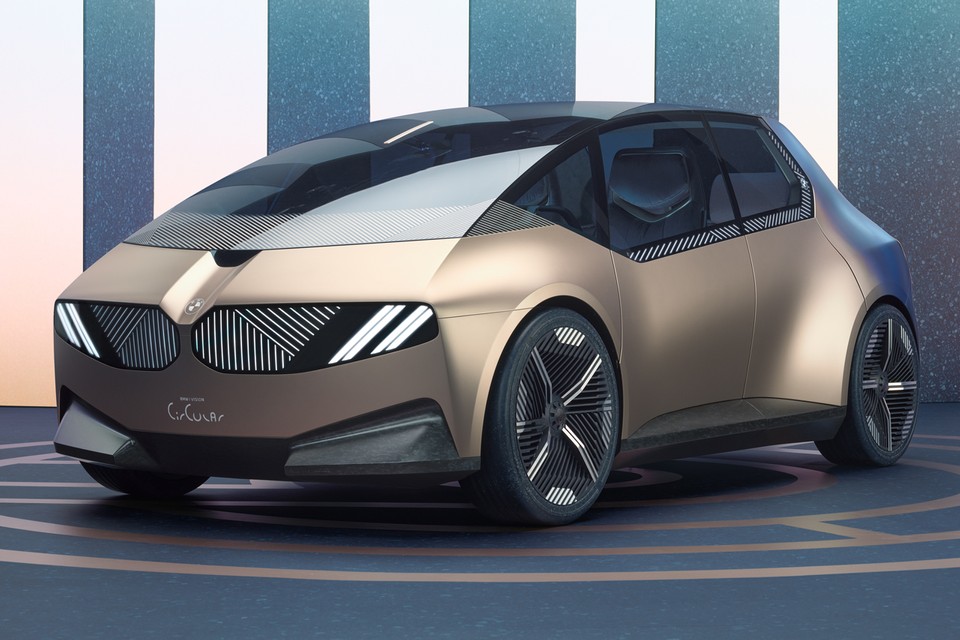
Electric cars have come a long way in recent years, with a growing number of models available, longer driving ranges, and improved charging infrastructure. As the world continues to grapple with climate change and the need for a cleaner, more sustainable future, electric cars are becoming an increasingly popular solution for reducing greenhouse gas emissions and improving air quality. But what does the future of electric cars look like? Here’s a closer look at some of the trends and innovations that are shaping the future of electric cars.
Increased Range and Battery Technology
One of the biggest challenges facing electric cars has been their limited driving range, which can cause “range anxiety” for some drivers who worry about running out of battery power on long trips. However, battery technology is rapidly improving, with new materials and designs that promise to increase driving ranges and reduce charging times. In the near future, it’s possible that electric cars could achieve driving ranges of 500 miles or more, making them a viable option for long-distance travel.
Improved Charging Infrastructure
Another challenge for electric cars has been the availability of charging stations, which can be sparse in some areas. However, governments and private companies are investing heavily in expanding charging infrastructure, with a goal of making it as convenient and easy to charge an electric car as it is to fill up a gas tank. Some cities are even installing charging stations in public parking spots, so electric car owners can charge up while they run errands or go to work.
Affordability and Access
Historically, electric cars have been more expensive than their gas-powered counterparts, which has limited their appeal to a relatively small group of consumers. However, as the technology continues to improve and production scales up, the cost of electric cars is expected to come down, making them more accessible to a wider range of people. Some countries are even offering incentives for people to buy electric cars, such as tax credits or rebates, which can help reduce the upfront cost.
Innovative Designs
Electric cars are also inspiring innovative new designs that take advantage of the unique characteristics of electric drivetrains. For example, some manufacturers are creating electric cars with more spacious and comfortable interiors, since the absence of a traditional engine and transmission allows for more creative use of space. Others are exploring new forms of transportation, such as electric bikes and scooters, which could help reduce traffic congestion and improve urban mobility.
The Road Ahead
As electric cars continue to evolve and become more popular, they are likely to play a major role in the future of transportation. Not only are they cleaner and more sustainable than gas-powered cars, but they also offer a smooth and quiet driving experience, with instant torque and acceleration that can make for a fun and exhilarating ride. The future of electric cars is bright, and as we look ahead to a cleaner and more sustainable future, they are sure to play an increasingly important role.


